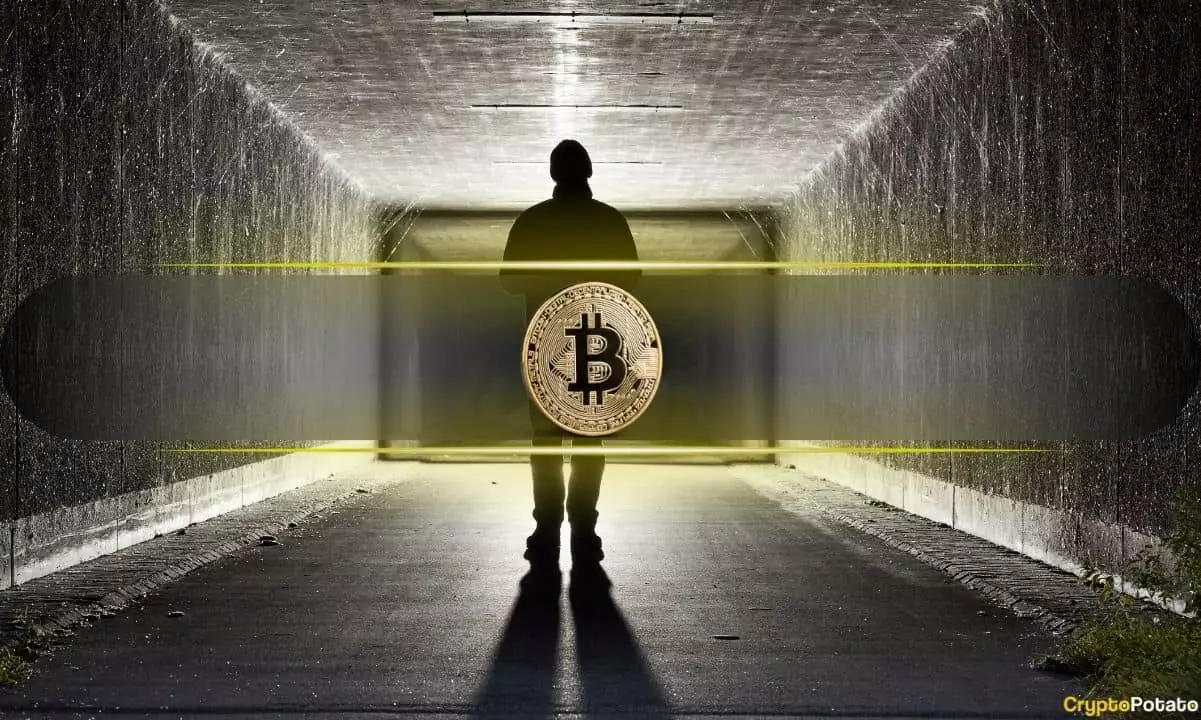In the annals of cryptocurrency history, few figures are as shrouded in mystery as Satoshi Nakamoto, the elusive creator of Bitcoin. Recent revelations by Conor Grogan, a director at Coinbase, have sparked new discussions about Nakamoto’s last known interactions with the Bitcoin network. Grogan’s investigations suggest that Nakamoto might have been active as recently as 2014, contributing to an ongoing enigma that surrounds this intriguing personality. The nuances of these findings could not only alter our understanding of early Bitcoin movements but could also lead to new inquiries regarding the identity of this cryptocurrency pioneer.
The notion that Nakamoto could have engaged in transactions nearly a decade ago shifts the narrative about Bitcoin’s early development. While the blockchain has been exhaustively analyzed, the possible existence of previously undocumented transactions raises significant questions about the implications for Nakamoto’s identity and the future of Bitcoin’s decentralized ethos. By delving into the origins of these transactions, we open avenues for fresh theories regarding who Satoshi might be and what their motivations were during Bitcoin’s formative years.
Grogan’s research highlights a notable connection to Cavirtex, a Canadian Bitcoin exchange which was acquired by Kraken in 2016. If Satoshi indeed used Cavirtex for transactions, it raises serious questions about the retention of Know Your Customer (KYC) data by centralized exchanges. The implication is significant: if any information regarding Satoshi were to be revealed, it would challenge the foundational principle of anonymity that Bitcoin was built upon.
Furthermore, the research indicates that a notable number of addresses thought to belong to Satoshi collectively manage approximately 1.096 million BTC, a staggering valuation of around $108 billion. Such wealth could position Satoshi as one of the richest individuals globally, a fact not lost on the community that constantly speculates about Nakamoto’s true identity and intentions. The vast holdings, potentially untouched since the early days of Bitcoin, add layers to the mystery, as the cryptocurrency community grapples with the potential implications of Satoshi’s wealth on market dynamics.
Among the intriguing findings is the identification of 24 outbound transactions from Satoshi-linked addresses. The recipient address, 1PYYj, stands out, particularly because it received Bitcoin from Cavirtex, marking an early documented interaction between a central exchange and a wallet presumably held by Nakamoto. This interplay poses new theories about how the early Bitcoin economy operated and challenges previously held assumptions regarding Nakamoto’s engagement with centralized entities.
Grogan’s analysis further notes that 1PYYj has significant links to one of the largest active Bitcoin wallets, known as 12ib, which currently manages around $3 billion in BTC. This interconnected web of transactions suggests a complex network deeply intertwined with Bitcoin’s foundational infrastructure, further complicating the narrative surrounding Satoshi’s activities.
As the discourse around Satoshi’s identity continues, the late Len Sassaman has emerged as a notable figure in the conversation. As a respected cryptographer and a pivotal part of the cypherpunk movement, Sassaman made significant contributions to digital privacy and cryptographic protocols, potentially laying the groundwork for Bitcoin’s creation. His connections with other key figures in the Bitcoin community, including Hal Finney, who received the first Bitcoin transaction, fuel ongoing speculation.
However, despite these connections, there remains a lack of direct evidence tying Sassaman to Nakamoto. Moreover, his untimely death in 2011 coincides with the last known communications from Nakamoto regarding Bitcoin, resulting in a flurry of theories that have yet to produce definitive proof.
Grogan’s recent findings undoubtedly add a fascinating layer to the already complex enigma of Satoshi Nakamoto. As we continue to search for clarity regarding early Bitcoin transactions, the possibility that Satoshi’s identity could be interwoven with centralized exchanges like Cavirtex deepens the intrigue. The cryptocurrency community remains on alert as new evidence surfaces, illuminating the path back to Nakamoto and potentially reshaping our understanding of Bitcoin’s origins. Until conclusive proof reveals itself, Satoshi Nakamoto may remain a pivotal yet elusive puzzle in the world of digital currency.


Leave a Reply